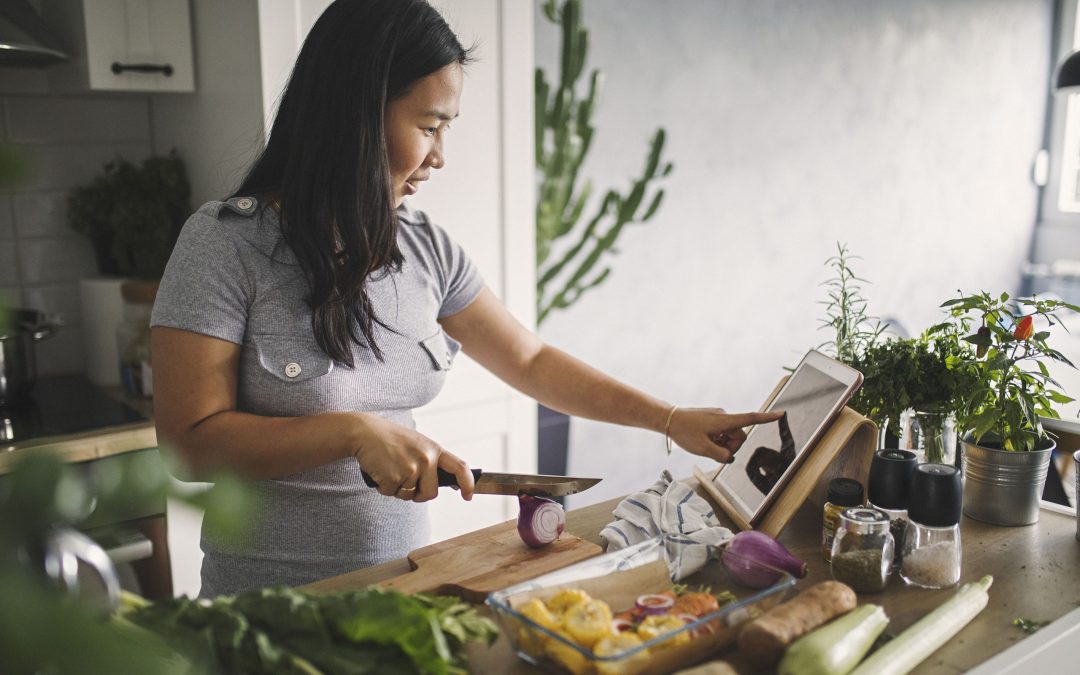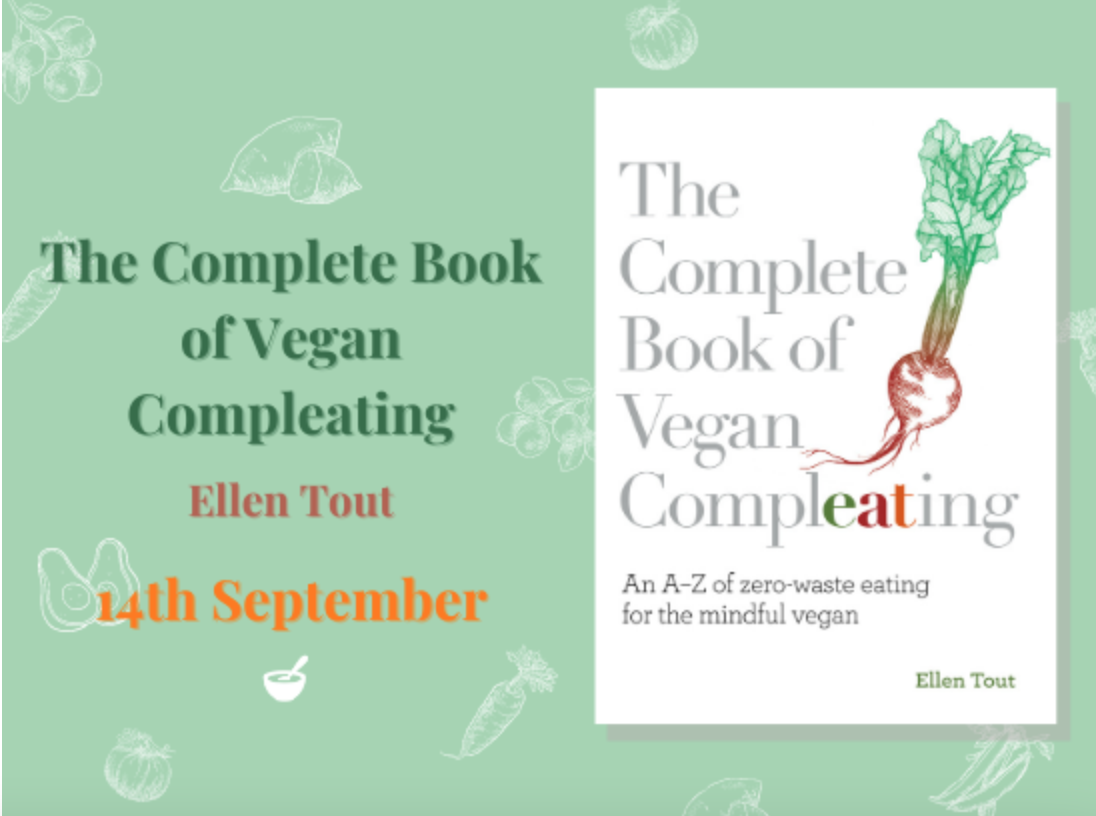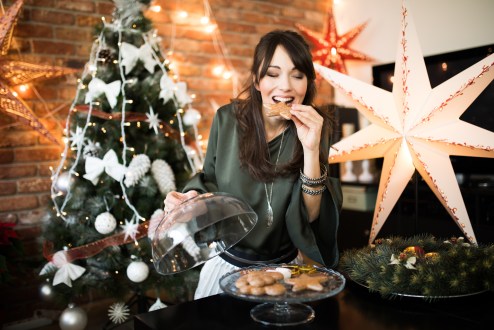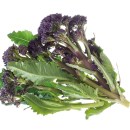How to compleat fruits and vegetables and reduce food waste
Concerned about food waste? Want to be more creative in the kitchen? Our Eco Living Editor, Ellen Tout, explains how we can 'compleat' different fruits, vegetables and herbs – cooking with the parts we usually throw away. Creative, waste-free plant-based cooking awaits!

Many of us are worried about food sources in light of recent events, or perhaps you’re keen to grow and cook more of your own fruit and vegetables. Could this be an opportunity to cut down on supermarket shopping and shake up your meals? Even the thriftiest of chefs might be surprised to learn that 70 per cent of the food waste households throw out could have been eaten. When we read stats like that, we usually imagine wasted meals and forgotten leftovers, but a huge portion of our food waste is the food we don’t even consider eating. By that I mean items such as vegetable peels, offcuts and so-called scraps.
What is compleating?
One of my favourite ways to make the most of my food is compleating. Simply by eating all edible parts of your produce, your meals go further, your food waste disappears, and your meal planning and cooking is instantly more creative.
Recipes for vegetable seeds and peels
How often do you throw out vegetable peels and seeds? Such as seeds from a butternut squash, potato peelings or carrot peels. You could instead ‘compleat‘ these. Why not toss the peelings or seeds in a little oil and salt, roast on a tray for 10 minutes and enjoy some homemade crisps?
Waste-free pesto
Got some leftover greens wilting in your fridge? Or not sure what to cook with your carrot tops or turnip tops? You could blitz them into a plant-based pesto, bring them back to life in a stir-fry or turn them into pici pasta – really easy to make, delicious and nutritious! Produce such as carrot tops, herb stalks and beet leaves can also be used in place of lettuce to make a nutritious salad.
Homegrown compleat herbs
Fresh mint can be picked to make a waste-free cup of tea. And any stale ends of bread can be mixed with stock and baked in the oven with fresh sage, rosemary, onion and lentils, if you have them – and viola, you’ve got DIY, low-cost stuffing. You can also dry out fresh herbs to give you a supply over winter.
And those vegetable scraps for which you lack inspiration? Those can be saved in the freezer to later boil and make your own broth.
More compleating recipes
Order Ellen’s book, The Complete Book of Vegan Compleating: An A–Z of Zero-Waste Eating For the Mindful Vegan, now! It’s full of waste-free recipes, tips and ideas to help you reduce waste and make the most of every ingredient.
Stay in touch and follow Eco Living Editor @Ellen_Tout on Twitter and on Instagram follow Ellen @ellen_tout and for Ellen’s waste-free compleating food ideas, follow @compleatly_vegan

For more eco living ideas, see psychologies.co.uk/real-eco
Images: Getty and Leanne Bracey.









